Mild steel, a material that’s primarily used in different industries, is a foundation of metallurgy. Known for its versatility and affordability, it plays a big role in shaping modern construction, manufacturing, and engineering sectors.
Mild steel, also known as low-carbon steel, is defined by its lower carbon content, typically less than 0.25%. This composition grants it higher-level malleability and ductility compared to higher carbon steels, making it easier to work with in various manufacturing processes. Its distinct characteristics include a balance of strength and formability, making it a material of choice in many different applications.
Brief History and Evolution
The evolution traces back to the Industrial Revolution, marking a big advancement in metallurgical techniques. Initially, steel was expensive and hard to make, but developing new processes like the Bessemer and open-hearth methods transformed its production. This evolution led to the widespread availability of this element, fueling its integration into everything from infrastructure to daily tools and reshaping the world of industrial manufacturing.
Comparison with Other Steel Types
Mild steel offers a unique blend of characteristics compared to other steel types. Unlike high-carbon steel, which is harder and more brittle, it is more malleable and easier to weld, so it’s ideal for various structural applications. In contrast to stainless steel, known for its corrosion resistance and higher chromium content, it is less resistant to rust and corrosion. Still, it is much more cost-effective, offering a practical solution for applications where corrosion resistance is not a primary concern.
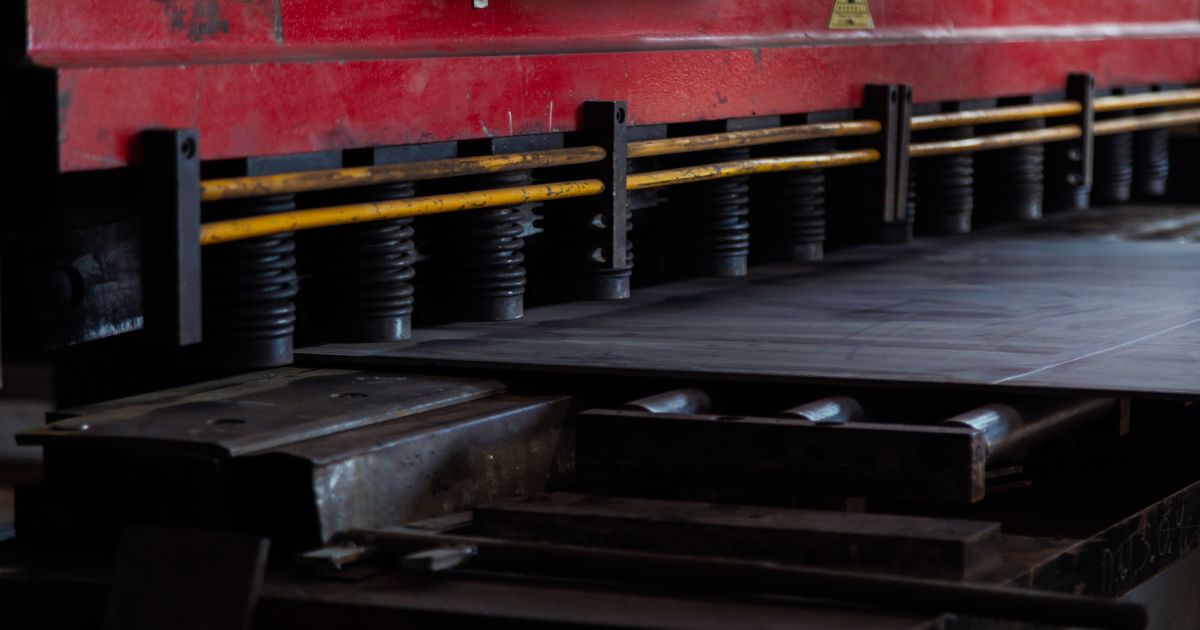
Properties of Mild Steel
Physical Characteristics
Mild steel is distinguished by its physical characteristics, which make it ideal for different applications. It usually exhibits a smooth surface texture and a metallic gray appearance. These properties define its aesthetic and influence its performance in different environments. Its inherent strength and flexibility allow for effective shaping and molding, making it a versatile material in the manufacturing sector.
Density
The density is 7.85 g/cm³, which places it in the mid-range of metal densities. This relatively high density contributes to its strength and durability. Despite being dense, its malleability ensures that it can be formed into various shapes without compromising its structural integrity, a feature highly valued in the construction and automotive industries.
Melting Point
Mild steel has a melting point of around 1,370°C (2,500°F), a characteristic that greatly affects its manufacturing and welding processes. This relatively high melting point ensures structural stability under high temperatures, so it’s suitable for environments with frequent temperature changes. However, this property also requires using high-energy processes for welding and fabrication, affecting the methods and costs associated with its use.
Mechanical Properties
The mechanical properties, including strength, malleability, and ductility, are central to its widespread use and functionality. These properties determine the material’s behavior under different forces and conditions. The balance between these characteristics makes it useful in construction and automotive manufacturing.
Strength
Mild steel is known for its considerable tensile strength despite being the least carbon-rich variant among carbon steels. While not matching high carbon or alloy steels, this strength is enough for many structural applications, including building frameworks and automobile chassis. Its ability to resist stress without failure makes it a dependable choice in load-bearing structures.
Malleability
Malleability is a standout property of mild steel, allowing it to shape and form without cracking. This property is advantageous in rolling, bending, and pressing processes, where the material must be manipulated into specific shapes. The high malleability makes it an ideal candidate for creating complex components and structures, a primary reason for its widespread use in many different manufacturing sectors.
Ductility
Ductility refers to the ability of mild steel to deform under tensile stress, making it highly useful for applications where the material must be drawn into wires or extended into thin sheets. This flexibility also plays a big role in its welding and machining capabilities, allowing for significant deformation before failure. Combined with its strength, this property makes mild steel an optimal material for creating durable, long-lasting products that can withstand mechanical stress and deformation.
Chemical Composition
The chemical composition of mild steel affects its physical and mechanical properties. Primarily composed of iron and carbon, the specific concentration of these elements and other trace elements determine the characteristics and suitability of mild steel for various applications.
- Primary Components: Mild steel typically contains about 0.05% to 0.25% carbon by weight, a relatively low amount compared to other carbon steels. This low carbon content primarily gives mild steel its notable ductility and malleability. The remainder of its composition is predominantly iron, accounting for over 98% in most cases.
- Trace Elements: Mild steel contains small amounts of other elements besides iron and carbon. These can include manganese, which enhances strength and hardness; silicon, which impacts strength and flexibility; and small quantities of sulfur and phosphorus. While these elements are present in minor amounts, typically less than 1%, they are very important in defining the steel’s properties.
- Influence on Properties: The low carbon content in mild steel makes it less hard and strong than high carbon steel but greatly increases its weldability and formability. The presence of manganese improves the steel’s resistance to wear and tear, while silicon contributes to its strength. However, elements like sulfur and phosphorus, although present in minor quantities, can negatively affect the flexibility and toughness of the steel if not kept in control.
Corrosion Resistance
Mild steel’s ability to resist corrosion determines its suitability in various environments. Unlike stainless steel or other specially treated metals, it has a relatively lower corrosion resistance due to its chemical composition.
- Inherent Vulnerability: Iron content is the primary factor contributing to susceptibility to corrosion. Iron undergoes a chemical reaction, forming iron oxide, commonly known as rust. This process is accelerated in environments with high humidity, saltwater exposure, or corrosive chemicals.
- Impact of Carbon Content: While beneficial for ductility and malleability, low carbon content does little to inhibit corrosion. Unlike alloys with higher carbon or additional elements like chromium, this steel lacks the intrinsic properties to resist oxidation effectively.
- Protective Measures: To prevent its vulnerability to rust, mild steel is often coated or treated with protective layers. Common methods include painting, galvanization (coating with a thin layer of zinc), or applying other corrosion-resistant coatings. These treatments act as barriers, preventing direct exposure of the steel to corrosive elements, prolonging its life, and maintaining its structural integrity.
Production and Processing of Mild Steel
The production and processing involves a series of steps, each critical in shaping the final product’s quality and characteristics. These processes determine the steel’s suitability for various applications, from the raw materials used to the various treatments and finishing techniques. Also, recycling and environmental aspects of production are becoming more and more important in today’s eco-conscious world.
Raw Materials Used
- Iron ore, coal, and limestone are the primary raw materials for producing this steel. Iron ore is the main iron source, and limestone is a flux to remove impurities.
- Scrap metal is also a very important raw material in recycling, helping reduce waste and conserve resources. This scrap is often melted down and combined with new iron ore in the steelmaking process, striking a balance between new and recycled content.
Overview of the Manufacturing Process
- The manufacturing typically starts with smelting iron ore, where the ore is reduced to molten iron. This is followed by the basic oxygen steelmaking (BOS) process, where high-purity oxygen is blown into the molten iron to minimize the carbon content to the desired level.
- After the BOS process, the steel is cast into various forms, such as slabs, billets, or blooms, which are then rolled and shaped into the final product. Depending on the intended application, this could be anything from sheets and rods to beams and rails.
Common Treatments and Finishing Techniques
- Mild steel often undergoes various treatments and finishing processes to enhance its properties. These can include cold rolling, which improves surface finish and dimensional accuracy, and heat treatment, which can alter the steel’s mechanical properties.
- Surface treatments like galvanizing, painting, or coating with other materials are common. These improve the steel’s appearance and protect it from corrosion, extending its usable life.
Recycling and Environmental Impact
- Mild steel is highly recyclable, which greatly reduces its environmental footprint. The recycling process conserves natural resources, reduces energy consumption, and lowers greenhouse gas emissions compared to producing steel from raw iron ore.
- However, the production process can have big environmental impacts. These include energy use, emissions, and the generation of waste materials. As such, continuous efforts are being made to improve the efficiency of production processes.
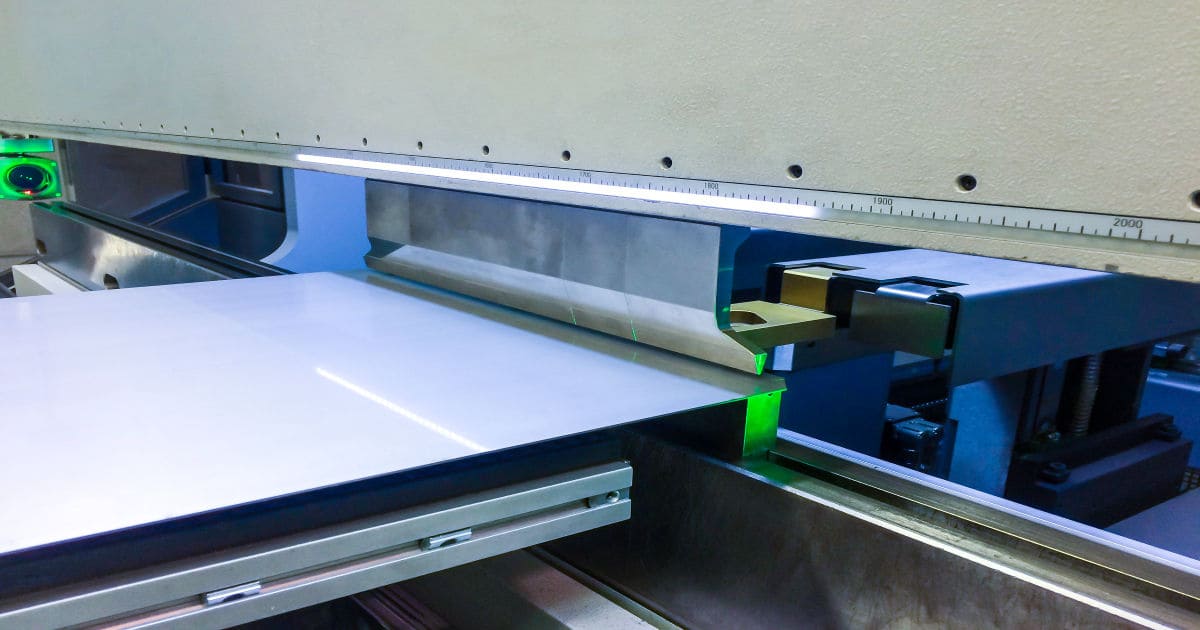
Applications of Mild Steel
Mild steel’s versatility and favorable properties make it a material of choice in various sectors. Its applications are diverse and essential to modern life, from construction and automotive industries to everyday objects. Ongoing innovation continues to expand its uses in new and emerging fields too.
Construction Industry Uses
- It is widely used in the construction industry due to its strength, malleability, and affordability. It’s a key material in building infrastructure, including beams, columns, and reinforcement bars in concrete structures.
- Its ability to withstand heavy loads and stress makes it ideal for creating the skeletal frames of buildings and bridges. Also, its ease of fabrication allows it to be customized into various shapes and sizes, catering to specific architectural requirements.
Automotive Applications
- The automotive sector relies heavily on this for manufacturing various vehicle components. Its use ranges from the body panels and frames to more intricate parts like gears and axles.
- The balance of strength and flexibility is necessary to ensure the safety and durability of vehicles. It contributes to the impact resistance of cars and is instrumental in meeting stringent automotive safety standards.
Machinery and Industrial Equipment
- Mild steel’s resilience and workability make it a preferred material in machinery and industrial equipment. It is used to manufacture heavy machinery, tools, and equipment for agriculture, mining, and manufacturing sectors.
- The ability of this element to withstand wear and tear under heavy use is especially valuable in these applications, ensuring the longevity and reliability of the equipment.
Everyday Objects and Tools
- Mild steel finds its way into many everyday items due to its versatility and cost-effectiveness. Household items, furniture, and even decorative pieces often contain this because they can be easily shaped and are durable.
- In tools and hardware, such as screws, nuts, and bolts, it is commonly used for its ability to endure regular stress without breaking or deforming.
Emerging and Innovative Uses
- Innovations in material science are continuously expanding the applications. One emerging area is sustainable construction, used in energy-efficient building designs.
- Additionally, treatment and coating technologies enhanced properties, opening up new possibilities for use in areas requiring higher corrosion resistance or specialized performance characteristics.
Advantages and Limitations
Mild steel, widely used in various industries, offers a range of benefits due to its properties, but it also has certain limitations. Understanding these pros and cons, especially compared to alternative materials, is important for selecting the right material for specific applications.
Benefits of Using Mild Steel
- One of the primary advantages is its cost-effectiveness. Its affordability makes it an attractive option for large-scale projects and mass-produced items.
- The material is also known for its exceptional malleability and ductility. This flexibility in shaping and forming is invaluable in manufacturing and construction, allowing various designs and applications.
- Mild steel is easy to weld, cut, and machine, simplifying production and fabrication processes. This ease of working with the element reduces labor and time costs, improving its appeal to industries even more.
Limitations and Challenges
- A notable limitation is its susceptibility to corrosion. Without proper treatment or protective coatings, it can rust when exposed to moisture, limiting its use in certain environments.
- Mild steel also has lower tensile strength than high carbon and alloy steels. This can be a drawback in applications.
- Also, its lower melting point, compared to other steel variants, can be a constraint in applications exposed to high temperatures.
Comparison with Alternative Materials
- Mild steel is less hard and strong than high-carbon steel but offers better malleability and welding properties. This makes it more suitable for applications where shaping and joining are crucial.
- Compared with stainless steel, mild steel is more affordable but lacks the same level of corrosion resistance. Stainless steel is preferred in environments where rust and corrosion are major concerns.
- Compared to aluminum, mild steel is denser and stronger, but aluminum is more corrosion-resistant and lighter, making it preferred in applications where weight is an important aspect.
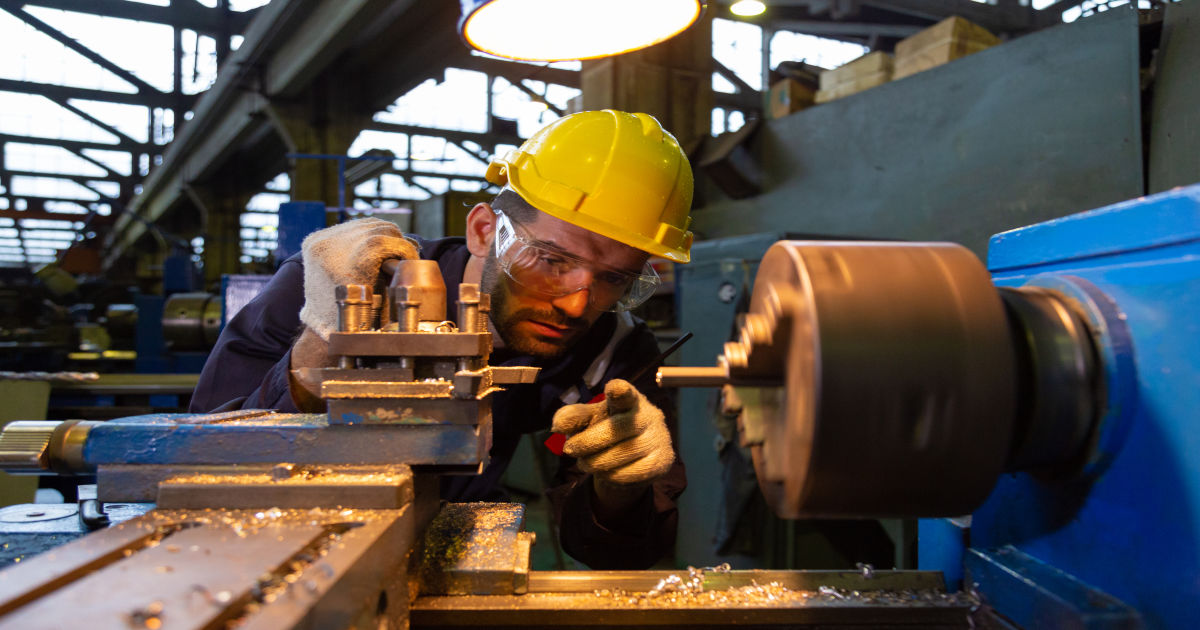
Working with Mild Steel
Working with mild steel involves various techniques and methods that capitalize on its unique properties. From machining and fabrication to welding and safety considerations, understanding these aspects is needed for the efficient and safe handling of mild steel in industrial and manufacturing settings.
Machining and Fabrication Techniques
- Mild steel is highly amenable to most machining and fabrication processes due to its malleability. Techniques like cutting, bending, and shaping are commonly employed to form mild steel into desired shapes and sizes.
- Advanced methods like CNC (Computer Numerical Control) machining are also widely used with mild steel. These processes allow for high precision and complexity in parts and components, enhancing the material’s versatility in various applications.
- Fabrication techniques such as stamping, forging, and drilling are also effectively used with mild steel, enabling the creation of a range of products, from simple tools to complex machinery parts.
Welding and Joining Methods
- Mild steel is known for its excellent weldability, making it a preferred material for various welding techniques. Common methods include MIG (Metal Inert Gas), TIG (Tungsten Inert Gas), and stick welding, each suitable for different applications and thicknesses.
- The material’s compatibility with various welding methods makes it a versatile choice for construction and manufacturing that involve joining different parts.
- Proper material preparation ensures strong and durable joints in mild steel structures.
Safety Considerations and Best Practices
- When working with mild steel, safety is a top priority. Adequate ventilation is necessary during welding to prevent inhalation of fumes. Personal protective equipment (PPE), such as gloves, safety glasses, and welding helmets, should always be used.
- Fire safety is also important, as sparks from welding or cutting can ignite flammable materials. A clean workspace and fire extinguishers should be readily available.
- Best practices include regular maintenance of equipment, proper training for handling and working with mild steel, and adherence to industry standards to ensure quality and safety in all processes.
Advancements and Innovations
The mild steel production and utilization field is constantly changing due to technological advancements and innovative approaches. These developments not only enhance the properties of mild steel but also contribute to more sustainable and efficient practices in its production and use.
Recent Technological Developments
- One of the notable advancements in mild steel production is the integration of automation and advanced control systems in manufacturing processes. These technologies have greatly improved the precision and efficiency of steel fabrication, reducing waste and energy consumption.
- The development of new alloying techniques has also been a breakthrough. By adding trace elements in carefully controlled amounts, manufacturers can enhance specific properties of mild steel, such as strength, flexibility, or corrosion resistance, without compromising its fundamental characteristics.
- Surface treatment technologies have seen considerable improvements as well. Innovations in galvanizing and coating processes have extended the lifespan and durability of mild steel products, making them more suitable for a wider range of applications, especially in harsh environmental conditions.
Future Trends in Mild Steel Production and Use
- Looking ahead, one of the key trends in mild steel production is the emphasis on sustainability. This includes efforts to increase the use of recycled materials in steel production and to develop more energy-efficient manufacturing processes.
- Another emerging trend is the use of nanotechnology in steel production. By manipulating materials at the molecular or atomic level, it’s possible to create mild steel with enhanced properties, opening up new possibilities for its application in advanced engineering fields.
- The future also holds potential for the development of smart steel materials. These could include mild steel integrated with sensors or other technologies, enabling it to monitor its condition or the environment, which could be particularly useful in infrastructure and construction applications.
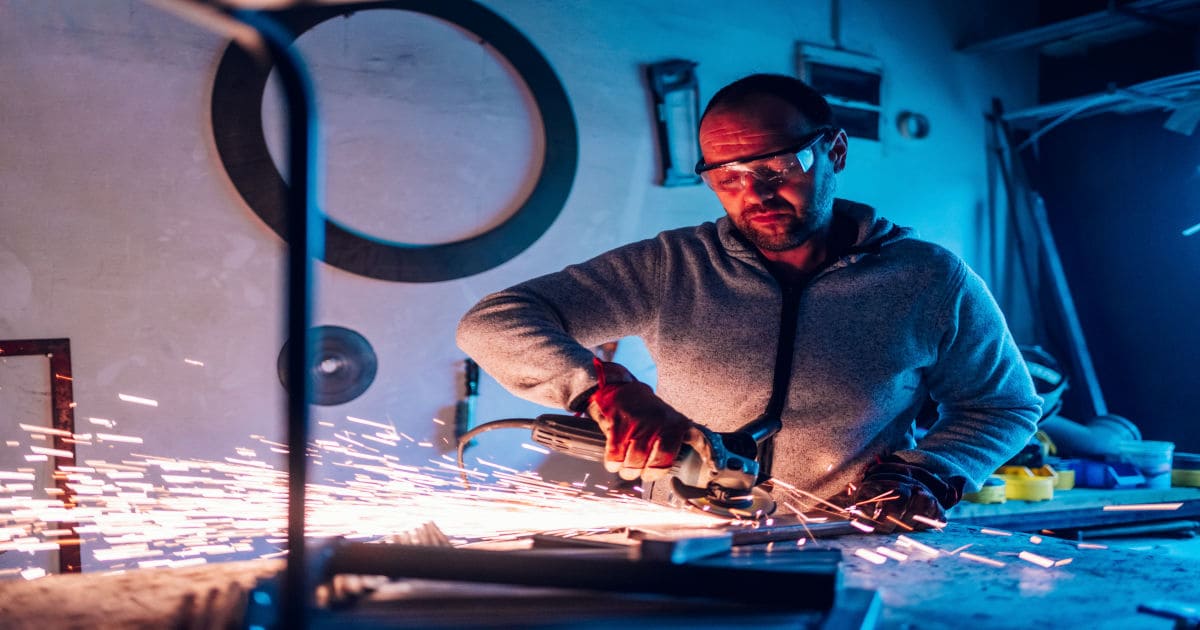
Global Market and Industry Overview
The global market for mild steel is a dynamic and wide segment of the industrial sector, influenced by various economic, policy, and trade factors. Understanding the major players, economic impact, and the influence of global policies provides a comprehensive view of the mild steel industry.
Major Producers and Exporters
- A few key countries dominate the production and export of mild steel. China is the largest producer and exporter, significantly impacting global market dynamics. Other major players include Japan, India, the United States, and Russia. These countries have large domestic demands and contribute substantially to the global supply.
- The European Union also plays a role, with countries like Germany and Italy being significant producers. These regions are known for their advanced manufacturing technologies and high-quality steel production.
Economic Impact and Industry Trends
- Mild steel is a backbone of the construction, automotive, and machinery industries, so its market trends closely tied to the health of these sectors. The demand for mild steel often mirrors the economic conditions of these industries, with growth in the construction or automotive sectors typically leading to increased demand for steel.
- Recent trends show a growing emphasis on sustainable and energy-efficient production methods. This shift is driven by increasing environmental awareness and the need to reduce carbon emissions in industrial processes.
Impact of Global Policies and Trade Agreements
- International trade policies and agreements influence the mild steel market a lot. Tariffs, quotas, and trade disputes can alter steel flow between countries, impacting global supply and prices.
- Environmental regulations and policies are shaping the industry. Stricter environmental standards are pushing companies towards greener production methods and recycled materials. This trend is expected to continue as global efforts to combat climate change intensify.
- Free trade agreements and regional partnerships can facilitate the easier movement of steel products, affecting competitiveness and market dynamics. Countries or regions with favorable trade agreements can gain a competitive edge in the market.
Mild Steel: Stepping into the Future with Strength and Adaptability
Mild steel was developed as a material foundational to various industries and its nature is continuously evolving. Its unique blend of affordability, malleability, and ductility makes it ideal for construction, automotive, and manufacturing. While challenges such as corrosion and lower tensile strength than high carbon steels exist, technological advancements and surface treatments continually enhance their properties. Looking ahead, the push towards sustainability and the integration of innovative manufacturing processes are set to solidify mild steel’s role in the future of industrial development. Its adaptability and evolving nature promise sustained relevance in a world of continually changing material demands.
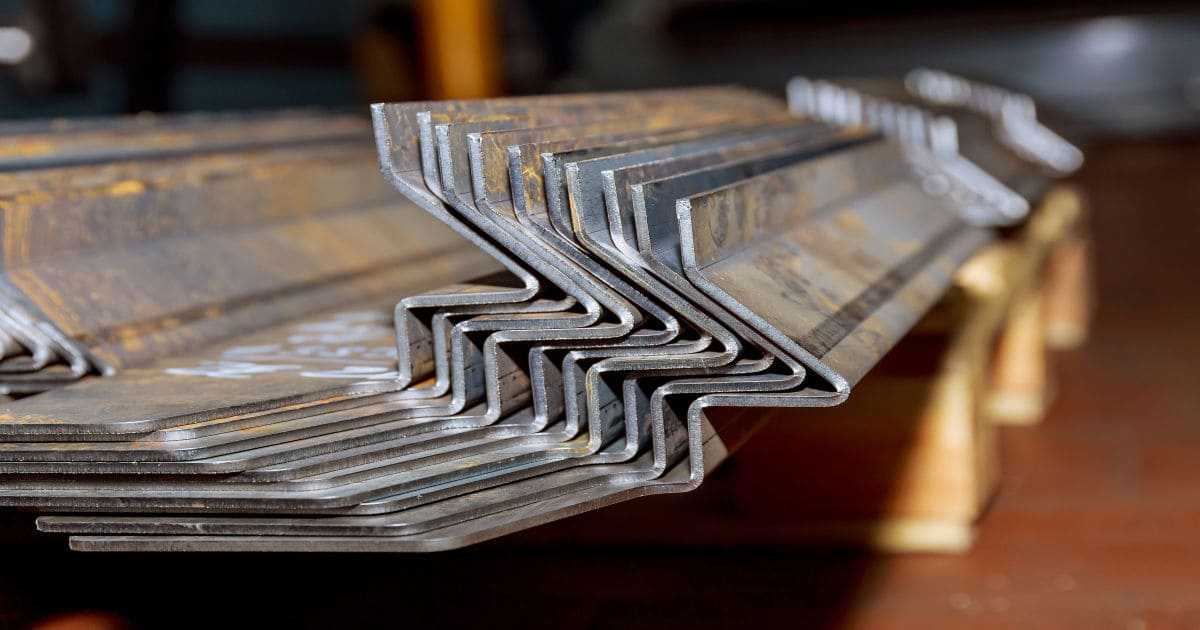
Frequently Asked Questions
Can Mild Steel Be Used in Marine Environments?
Mild steel can be used in marine environments but requires protective coatings to prevent rapid corrosion. Galvanizing or painting are common methods to enhance their resistance against saltwater and moisture.
Is Mild Steel Magnetic?
Yes, mild steel is magnetic due to its high iron content. This property is beneficial in applications requiring magnetism, such as motors and electrical appliances.
How Does Mild Steel React to Heat Treatment?
Mild steel responds to heat treatment, but its low carbon content limits the extent of hardening compared to high-carbon steels. Heat treatment can improve its strength and flexibility, but it must be done carefully to avoid weakening the material.
Can It Be Easily Recycled?
Yes, mild steel is highly recyclable. It can be melted down without losing its properties, making it a sustainable choice for various applications.
Is Mild Steel Suitable for Use in High-Temperature Environments?
Mild steel can be used in high-temperature environments up to a certain point. Its strength diminishes at temperatures above its melting point (around 1,370°C or 2,500°F), so it’s unsuitable for extreme high-temperature applications.
Can Mild Steel Be Used in Load-Bearing Structures?
Mild steel is widely used in load-bearing structures due to its strength and elasticity. It’s suitable for buildings, bridges, and frameworks, provided the design accounts for its properties and environmental exposure.
What Role Does Mild Steel Play in Sustainable Construction?
Mild steel is significant in sustainable construction due to its recyclability and durability. Its adaptability and strength make it suitable for various construction designs, including those focused on energy efficiency and reduced environmental impact.
Does It Rust Easily?
Yes, it is prone to rust because it contains iron and lacks significant corrosion resistance. Without protective coatings or treatments, it can oxidize when exposed to moisture and air.
Is 1018 Mild Steel?
Yes, 1018 is a commonly used grade of mild steel known for its good weldability and machinability. It has a low carbon content, which makes it suitable for many general-purpose applications.
Is It Stronger Than Steel?
Mild steel is steel, but it’s on the lower end of the strength spectrum due to its low carbon content. Higher-carbon or alloy steels are generally stronger and harder than mild steel.
What Grade of Steel is Mild?
Mild steel typically includes grades like A36, 1018, and S275, which all have low carbon content. These grades are widely used because of their ductility, affordability, and ease of fabrication.
Further Readings
